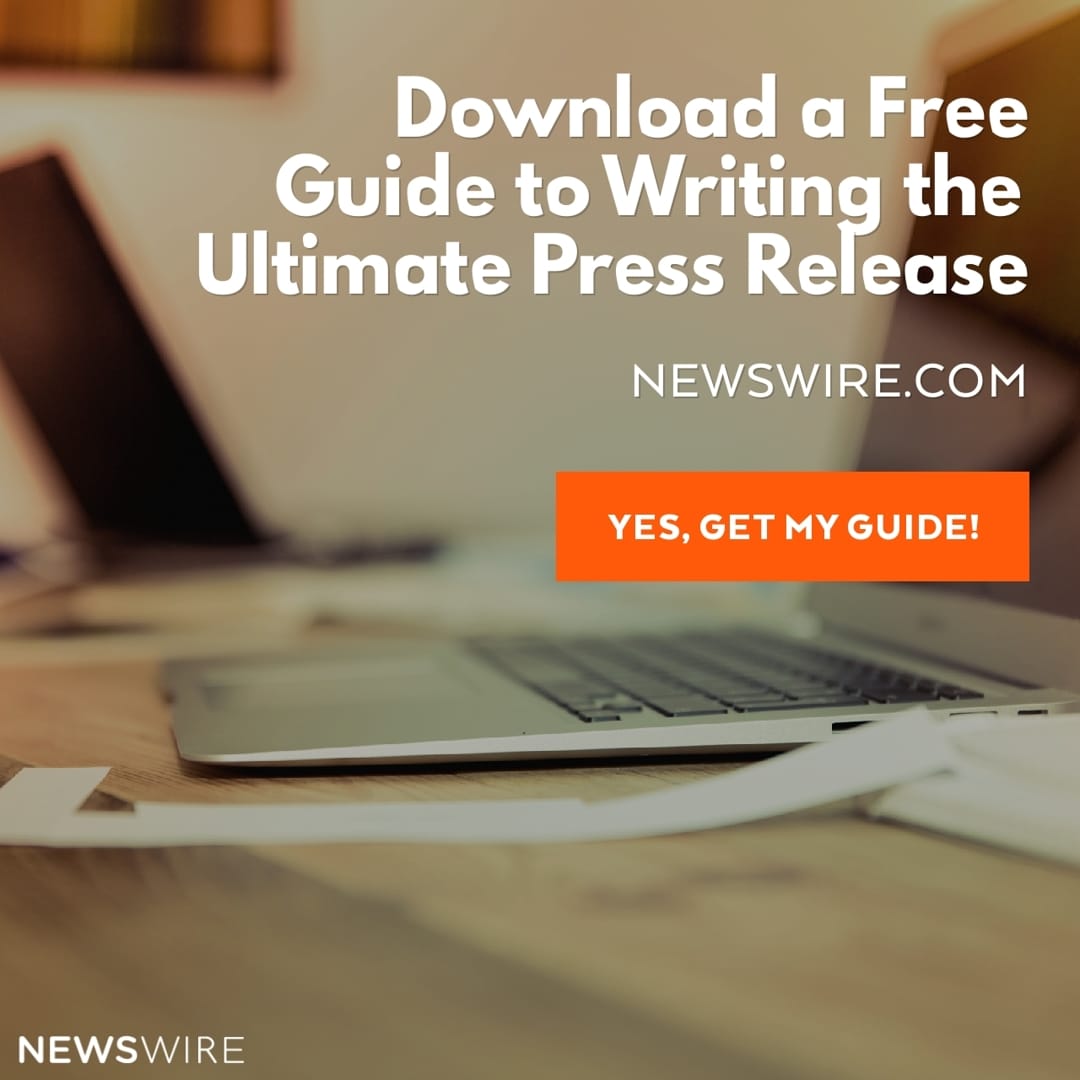
Perfect Press Release Headlines Blend Compelling and Concise Information
Most press release distribution services and search engines only show from 45 to 65 characters (letters, punctuation, and spaces) in a headline, so learning how to write a short but compelling headline that will make people want to read more is an essential skill for any marketer.
There are also a couple of important elements needed in the headline to help get the readers you want. One is keywords, and the other is an emotional connection.
The importance of a great headline
Simply put, if no one ever reads your press release, you will never get media pickups, and no one will ever obey the call to action you should have in your press release.
Easy to scan
A short headline is easy to scan and will usually even be visible on a mobile device. It will grab attention and offer the promise of more information on a particular topic.
Easily tweetable
Keeping the headline short also means that you can tweet the headline easily, thus encouraging social sharing for your press release.
So, how do you come up with a great headline? Here are a few suggestions:
Write the headline after the press release, not before
This will help you capture the essence of the story because you already know what you have written about.
Brainstorm headlines
Brainstorm a range of headlines that capture what the press releases is all about.
Cut excess words
Once you have written the sample headline, review your headline for any words that can be cut, such as adjectives, articles (a, an, the), and long clauses. Use punctuation to help clarify meaning.
Keep words short and simple
Words have an impact, and often short and simple ones are best not only because you can write a tight headline, but because the words are more powerful. Look at the difference between decrease, cut, and slash.
Think about the essentials that need to be conveyed
Here are 2 headlines on the same topic. The first is interesting.
- Evacuations ordered in fire-ravaged So. Cal. ahead of rain
- Rain forecast prompts evacuations, mudslide fears across So. Cal
The second gives us the reason for the evacuations, fears that there will be mudslides.
Don’t use too many abbreviations
In the example above, So. Cal is acceptable for the much longer Southern California. Do make sure that any abbreviations you use will be clear to most of your readers.
Avoid alphabet soup
Don’t use too many acronyms unless they are going to be clearly understood, such as CDC:
- CDC says flu epidemic is the deadliest yet
- With CDC being the Centers for Disease Control and Prevention.
CES might not be so familiar:
- ES 2018: Intel announces major breakthrough in quantum computing chip. Here, CES stands for Consumer Electronics Show.
Use emotive words
In the previous examples, fears, deadliest, and major breakthrough all convey information and some sense of emotional connection, making your press release not just informative, but of real human interest.
Track and test
All successful companies should send out regular press releases and then track their success. The media pickups will show that your content has resonated with your target audience, journalists. The social shares will show your content has resonated with journalists and ordinary readers.



